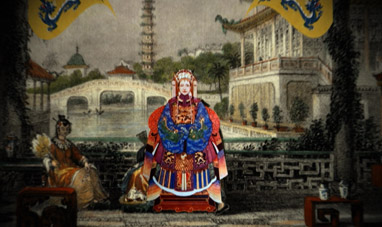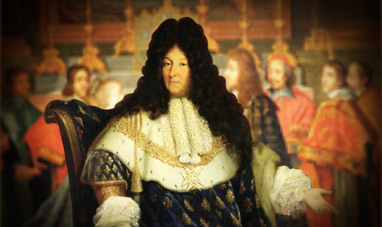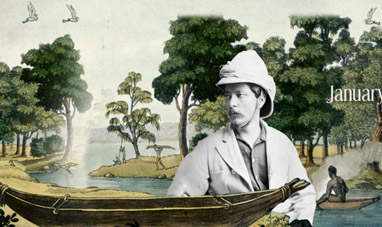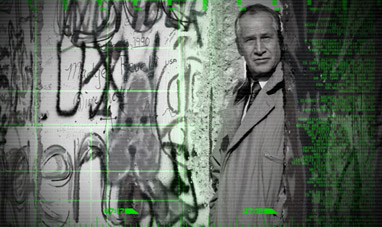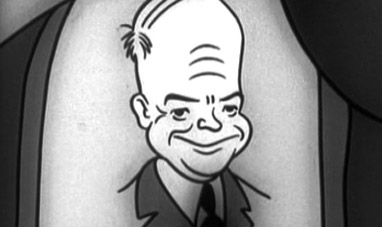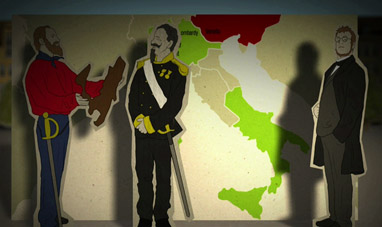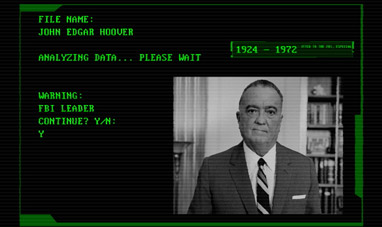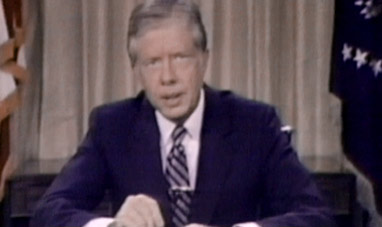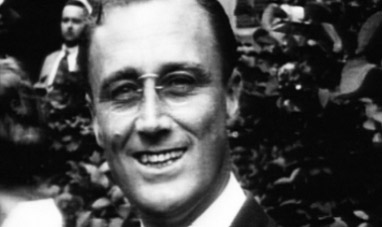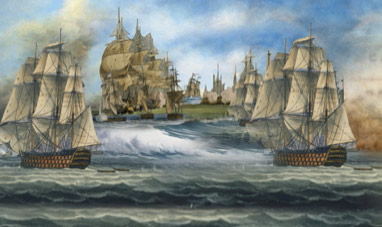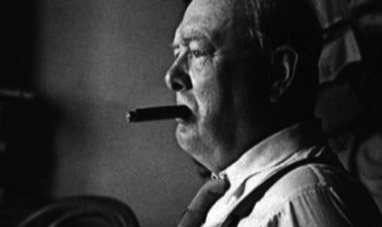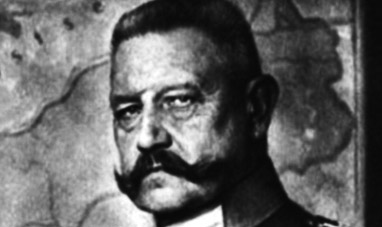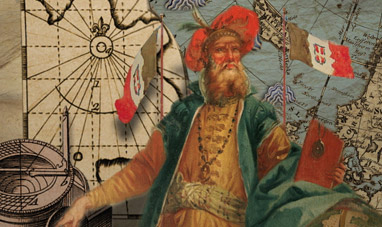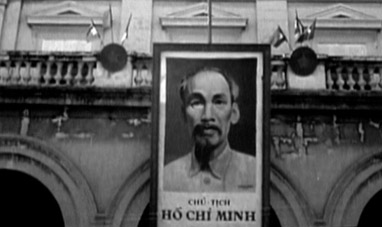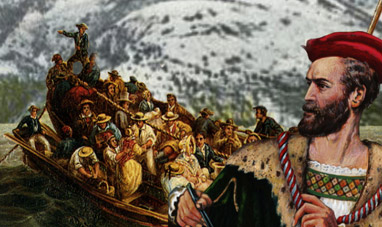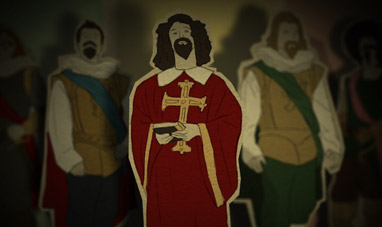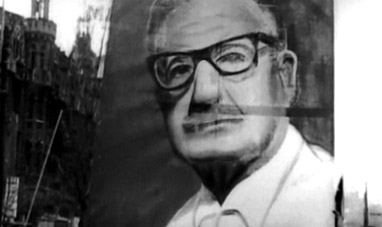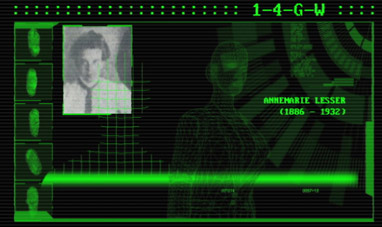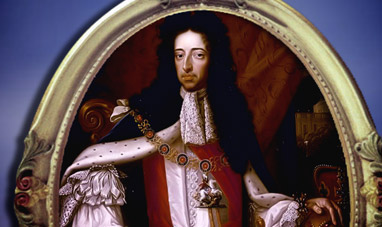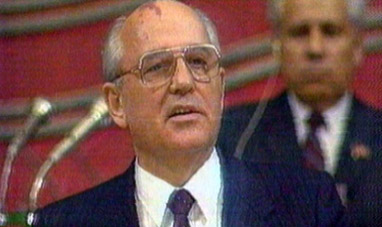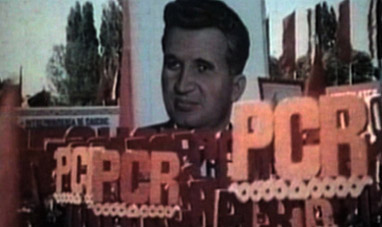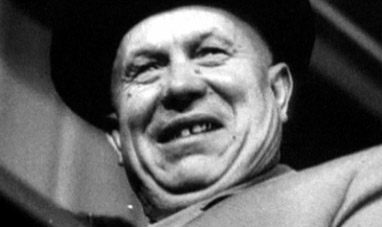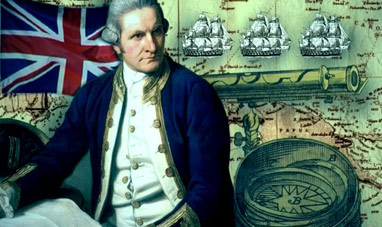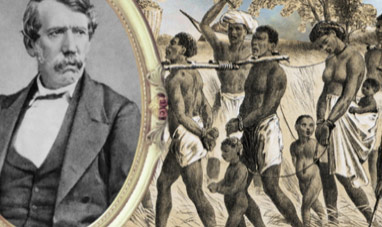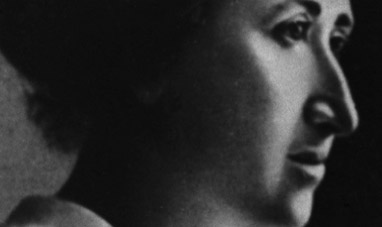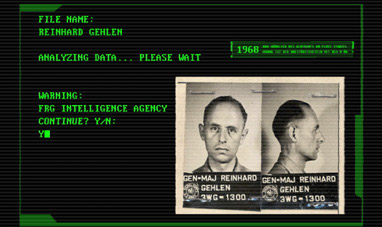Boris Nikolayevich Yeltsin was the first President of Russia after the collapse of the USSR. He led the country from 1991 to 1999. Yeltsin was born on February 1, 1931 in the village of Butka, in southern Russia. He earned a degree in civil engineering when he was 24. In 1961 he joined the CPSU, the Soviet Communist Party, and in the 1970s he began his career in politics. In 1985 the Secretary General of the Soviet Communist Party, Mikhail Gorbachev, named Yeltsin First Secretary of the Moscow Committee.
The Soviet Union was in the middle of a serious economic crisis. To balance the national budget, Gorbachev implemented a series of economic reforms known as perestroika, the Russian word for restructuring. Boris Yeltsin was critical of the slow pace of change and became Gorbachev’s main rival. Yeltsin called for faster and more radical reforms of the Soviet economy, and denounced corruption in the system. In 1988 he was expelled from the Politburo, the party’s policymaking committee. But Yeltsin’s popularity was on the rise. In 1989, he was elected to the Congress of People’s Deputies – the new Soviet Parliament conceived by Gorbachev to bring democracy to the country. In the meantime, the economic crisis continued to rage. In June 1990, Yeltsin again clashed with Gorbachev, who had become President of the Soviet Union. Yeltsin called for the dissolution of the USSR.
He believed that the only way to save the Soviet Union’s republics from financial collapse was to make them independent and allow them to have free trade relations with the West. In June 1991, thanks to an electoral reform allowing voters direct choice over their representatives, Yeltsin became President of the Russian Republic. He was tested that August, when a group of conservative communists attempted to remove Gorbachev from power by force. Yeltsin lead a counter-coup, opposing the tanks occupying Moscow’s streets. In the wake of the crisis, the communist party was outlawed. On December 25, 1991, after a dramatic Parliamentary battle with Yeltsin, Gorbachev resigned as President of the USSR. The same day the USSR officially ceased to exist.
Yeltsin became the leader of the Russian Federation, which included the 12 nations that formerly belonged to the Soviet Union. But the transition from a communist system to a market economy was far from painless, and Yeltsin failed to remedy the economic crisis sweeping the country. Opposition parties were fiercely critical of his policies. Yeltsin dissolved Parliament in September 1993 when they refused to grant him more power. When many deputies convened in Parliament to protest the decision, Yeltsin ordered the building shelled. Over 100 people died. Yeltsin was reelected President in July 1996. But his popularity had declined, and his health was severely compromised by a drinking problem. He resigned three years later. His successor was Vladimir Putin, one of Yeltsin’s most loyal followers. Boris Yeltsin died of heart failure on April 23, 2007. He was 76.
The Soviet Union was in the middle of a serious economic crisis. To balance the national budget, Gorbachev implemented a series of economic reforms known as perestroika, the Russian word for restructuring. Boris Yeltsin was critical of the slow pace of change and became Gorbachev’s main rival. Yeltsin called for faster and more radical reforms of the Soviet economy, and denounced corruption in the system. In 1988 he was expelled from the Politburo, the party’s policymaking committee. But Yeltsin’s popularity was on the rise. In 1989, he was elected to the Congress of People’s Deputies – the new Soviet Parliament conceived by Gorbachev to bring democracy to the country. In the meantime, the economic crisis continued to rage. In June 1990, Yeltsin again clashed with Gorbachev, who had become President of the Soviet Union. Yeltsin called for the dissolution of the USSR.
He believed that the only way to save the Soviet Union’s republics from financial collapse was to make them independent and allow them to have free trade relations with the West. In June 1991, thanks to an electoral reform allowing voters direct choice over their representatives, Yeltsin became President of the Russian Republic. He was tested that August, when a group of conservative communists attempted to remove Gorbachev from power by force. Yeltsin lead a counter-coup, opposing the tanks occupying Moscow’s streets. In the wake of the crisis, the communist party was outlawed. On December 25, 1991, after a dramatic Parliamentary battle with Yeltsin, Gorbachev resigned as President of the USSR. The same day the USSR officially ceased to exist.
Yeltsin became the leader of the Russian Federation, which included the 12 nations that formerly belonged to the Soviet Union. But the transition from a communist system to a market economy was far from painless, and Yeltsin failed to remedy the economic crisis sweeping the country. Opposition parties were fiercely critical of his policies. Yeltsin dissolved Parliament in September 1993 when they refused to grant him more power. When many deputies convened in Parliament to protest the decision, Yeltsin ordered the building shelled. Over 100 people died. Yeltsin was reelected President in July 1996. But his popularity had declined, and his health was severely compromised by a drinking problem. He resigned three years later. His successor was Vladimir Putin, one of Yeltsin’s most loyal followers. Boris Yeltsin died of heart failure on April 23, 2007. He was 76.

